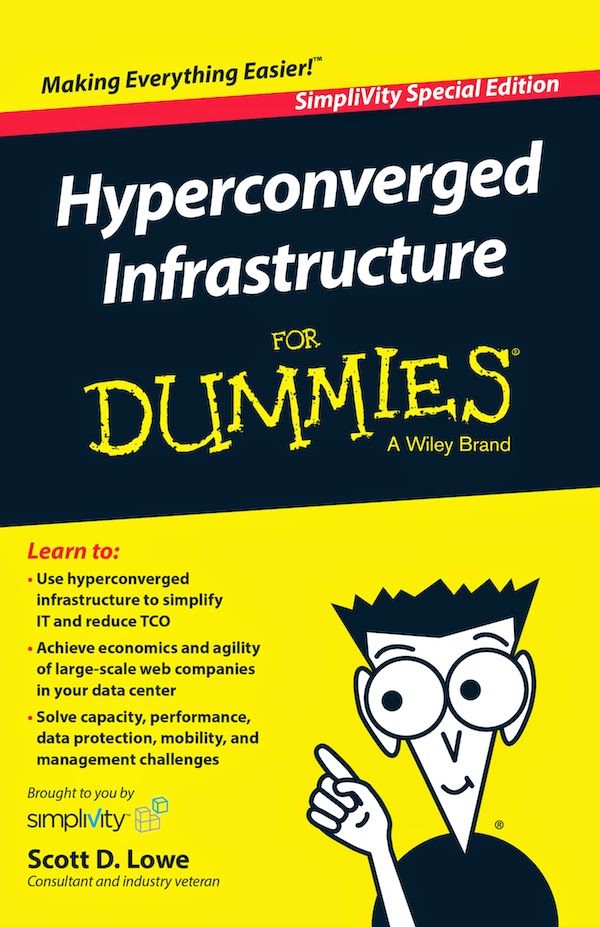The differences between data center and computer room design don’t amount to a hill of beans for most people. The terms are often used interchangeably, but using them correctly makes a big difference if you’re trying to communicate with a data center design firm or an IT expert. If you want to sound like a pro, it’s important to know what sets data centers and computer rooms apart.
Data centers are designed to provide a secure, power protected, environmentally controlled space used for housing server, network and computer equipment. As the operating theatre for an enterprise’s network service delivery, a data center site may utilize the entire site and building shell.
The design of computer rooms is more limited in scope. A computer room is merely a functional space within a data center. It serves as a secure environment for the equipment and cabling directly related to the critical load. In other words, a computer room’s basic design is that of a collapsed data center where the entrance room is contained within the computer room space.
The easiest way to tell the design of a data center from that of a computer room is by looking at how the space’s functional pieces are put together. A data center is a larger space composed of smaller spaces, such as a computer room, network operations center, staging area and conference rooms.
In either case, data center design and computer room design are both accomplished by identifying the key design criteria for the two main areas of the project focus – the technology infrastructure and services (IT) and the support infrastructure and services (the facility). The key design criteria are:
- Business Objects (Scope)
- Availability Requirement
- Power and Cooling Density
While site selection is also a criterion for data center projects, a computer room design project can be as involved as a bigger base-building project or as simple as an upgrade of an existing computer room.
Understanding the differences between data centers and computer rooms is the first step on the road to delivering a successful data center or computer room project. The more you know about the elements of a data center, the easier it will be for you to get your design ideas across to others. If you’d like to learn more about this topic or others, we invite you to visit our White Paper archive at http://www.pts-media.com (registration required) or contact us.
Data centers are designed to provide a secure, power protected, environmentally controlled space used for housing server, network and computer equipment. As the operating theatre for an enterprise’s network service delivery, a data center site may utilize the entire site and building shell.
The design of computer rooms is more limited in scope. A computer room is merely a functional space within a data center. It serves as a secure environment for the equipment and cabling directly related to the critical load. In other words, a computer room’s basic design is that of a collapsed data center where the entrance room is contained within the computer room space.
The easiest way to tell the design of a data center from that of a computer room is by looking at how the space’s functional pieces are put together. A data center is a larger space composed of smaller spaces, such as a computer room, network operations center, staging area and conference rooms.
In either case, data center design and computer room design are both accomplished by identifying the key design criteria for the two main areas of the project focus – the technology infrastructure and services (IT) and the support infrastructure and services (the facility). The key design criteria are:
- Business Objects (Scope)
- Availability Requirement
- Power and Cooling Density
While site selection is also a criterion for data center projects, a computer room design project can be as involved as a bigger base-building project or as simple as an upgrade of an existing computer room.
Understanding the differences between data centers and computer rooms is the first step on the road to delivering a successful data center or computer room project. The more you know about the elements of a data center, the easier it will be for you to get your design ideas across to others. If you’d like to learn more about this topic or others, we invite you to visit our White Paper archive at http://www.pts-media.com (registration required) or contact us.











.jpg)
